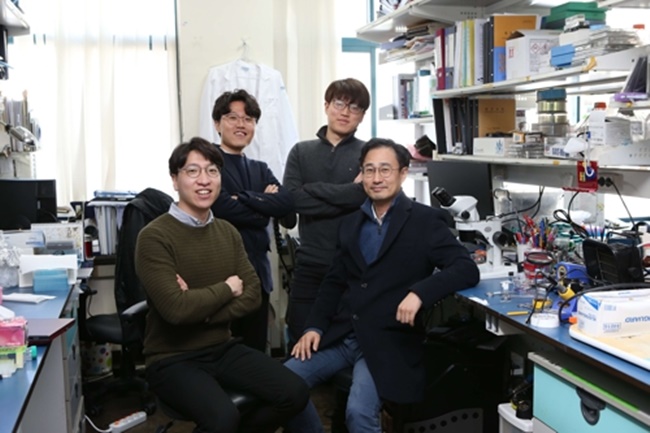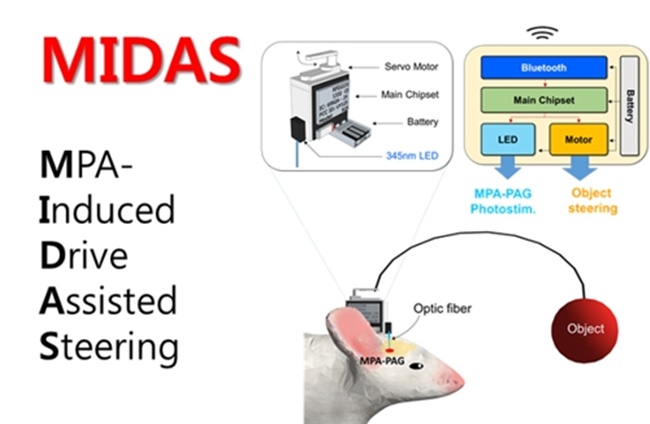
A desire to possess things is one of the natural instincts found in both humans and animals, an excessive level of which can result in shopping addiction and collecting things obsessively without financial considerations. (Image courtesy of PXhere)
SEOUL, March 15 (Korea Bizwire) – Researchers at the Korea Advanced Institute of Science and Technology have discovered a part of the brain that triggers the ‘desire to possess’.
The KAIST research team led by professors Kim Dae-soo and Lee Phill-seung said on Thursday they had discovered that a portion of the medical preoptic area, a part of the hypothalamus in our brain, is responsible for the desire to possess.
A desire to possess things is one of the natural instincts found in both humans and animals, an excessive level of which can result in shopping addiction and collecting things obsessively without financial considerations.
Causes of the symptoms such as excessive level of obsession over objects had yet to be identified, but the KAIST research team arrived its discovery about the link between the brain and the desire to possess after conducting an experiment in which lab rats were made to play with toys.
The researchers found neural circuits in the medical preoptic area (MPA) of the brain were activated among the rats that were given toys to play with. When the researchers stimulated their MPA with lights using optogenetics, the rats began showing obsessive behavior over the inanimate object.
During the experiment, the MPA nerves were seen sending signals to the periaqueductal gray (PAG) in the brain to prompt certain behavior, which the research team has named as the ‘MPA-PAG neural circuit’.
“It was difficult at first to observe noteworthy behavior of rats when responding to inanimate objects instead of food. When their MPA-PAG neural circuit was stimulated, we saw increased hunting behavior, which means it uses the same neural circuit as when collecting things,” said Kim, who led the research.
The close link explains the tendency of animals to play with objects at a young age, which is closely associated with acquiring survival skills such as hunting.
In a system dubbed MIDAS, the lab rats were seen chasing after objects placed in front of them while having their MAP-PAG neural circuits stimulated.

Researchers at the Korea Advanced Institute of Science and Technology have discovered a part of the brain that triggers the ‘desire to possess’. (Image: KAIST)
“The MIDAS technology, which depends on the animal instinct to search for things, is some sort of a self-driving system that helps overcome obstacles. I believe it’s a breakthrough in connectivity technology between the brain and the computer,” Lee added.
Findings from the study, which was conducted with the support of the Samsung Science & Technology Foundation, have been published in the academic journal Nature Neuroscience.

The KAIST research team led by professors Kim Dae-soo and Lee Phill-seung said on Thursday they had discovered that a portion of the medical preoptic area, a part of the hypothalamus in our brain, is responsible for the desire to possess. (Image: KAIST)
Ashley Song (ashley@koreabizwire.com)






